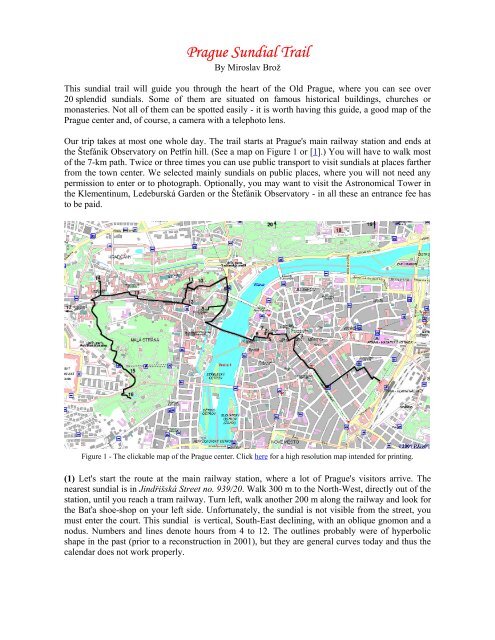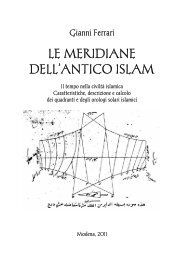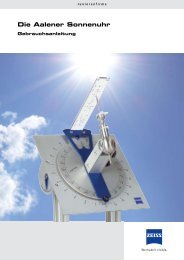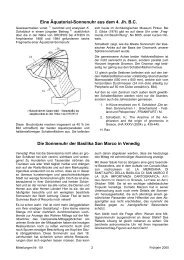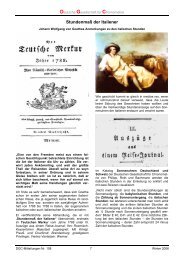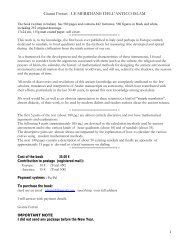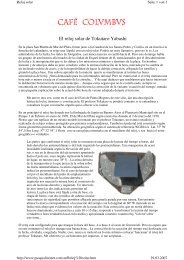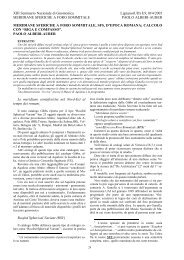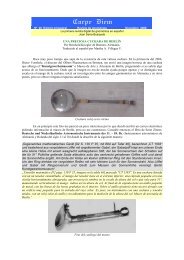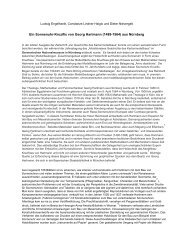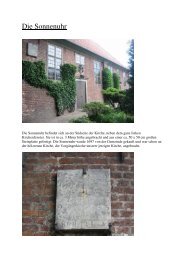International Gnomonic Bulletin - Gnomonica by Nicola Severino
International Gnomonic Bulletin - Gnomonica by Nicola Severino
International Gnomonic Bulletin - Gnomonica by Nicola Severino
Create successful ePaper yourself
Turn your PDF publications into a flip-book with our unique Google optimized e-Paper software.
Prague Sundial Trail<br />
By Miroslav Brož<br />
This sundial trail will guide you through the heart of the Old Prague, where you can see over<br />
20 splendid sundials. Some of them are situated on famous historical buildings, churches or<br />
monasteries. Not all of them can be spotted easily - it is worth having this guide, a good map of the<br />
Prague center and, of course, a camera with a telephoto lens.<br />
Our trip takes at most one whole day. The trail starts at Prague's main railway station and ends at<br />
the Štefánik Observatory on Petřín hill. (See a map on Figure 1 or [1].) You will have to walk most<br />
of the 7-km path. Twice or three times you can use public transport to visit sundials at places farther<br />
from the town center. We selected mainly sundials on public places, where you will not need any<br />
permission to enter or to photograph. Optionally, you may want to visit the Astronomical Tower in<br />
the Klementinum, Ledeburská Garden or the Štefánik Observatory - in all these an entrance fee has<br />
to be paid.<br />
Figure 1 - The clickable map of the Prague center. Click here for a high resolution map intended for printing.<br />
(1) Let's start the route at the main railway station, where a lot of Prague's visitors arrive. The<br />
nearest sundial is in Jindřišská Street no. 939/20. Walk 300 m to the North-West, directly out of the<br />
station, until you reach a tram railway. Turn left, walk another 200 m along the railway and look for<br />
the Baťa shoe-shop on your left side. Unfortunately, the sundial is not visible from the street, you<br />
must enter the court. This sundial is vertical, South-East declining, with an oblique gnomon and a<br />
nodus. Numbers and lines denote hours from 4 to 12. The outlines probably were of hyperbolic<br />
shape in the past (prior to a reconstruction in 2001), but they are general curves today and thus the<br />
calendar does not work properly.


